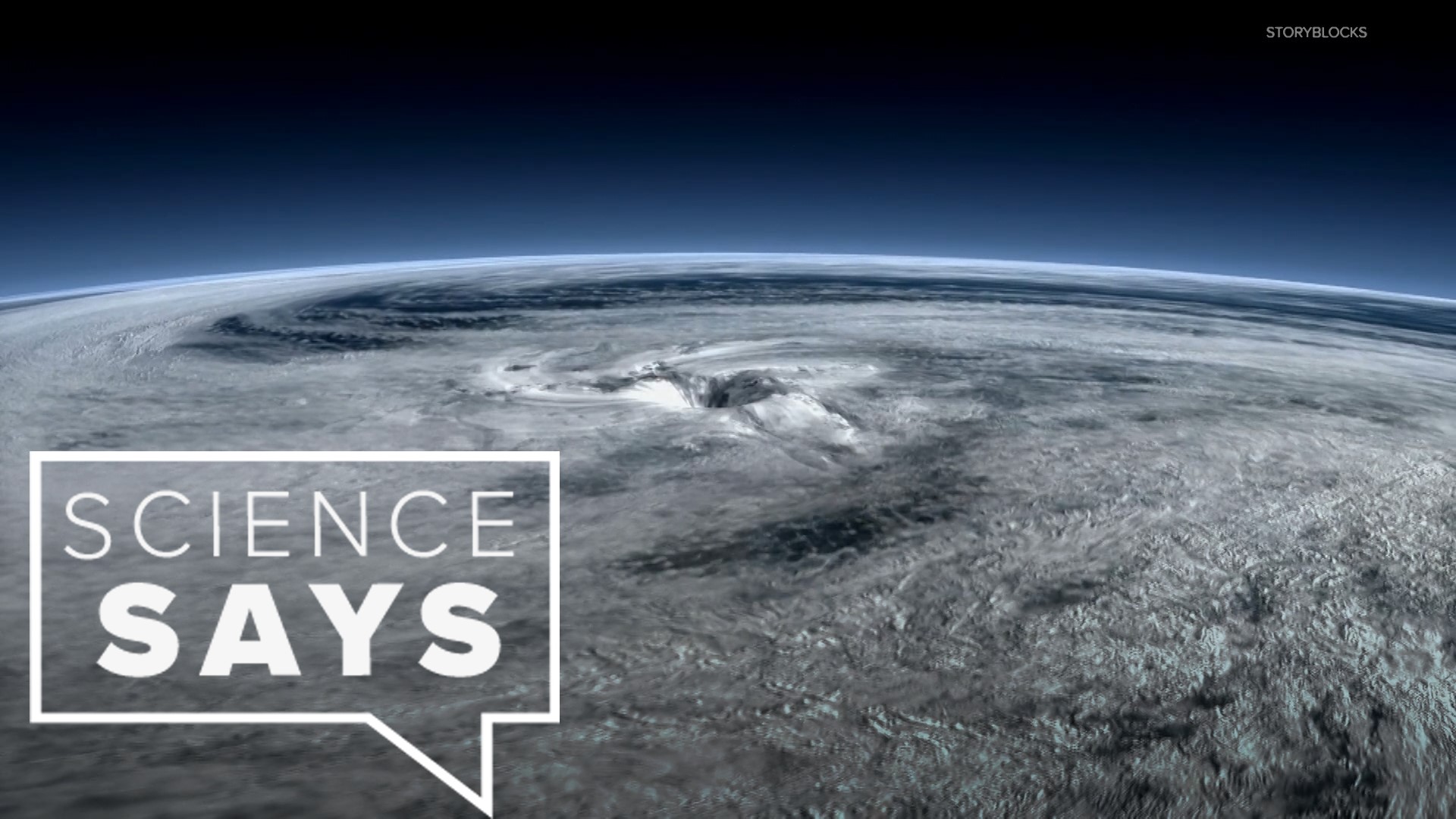LITTLE ROCK, Ark. — You've probably heard the phrase "bomb cyclone” be tossed around during some big weather events, but what does that phrase even mean.
It may sound a bit scary, but it doesn’t have anything to do with what you might think. It actually stems from the word "bombogenesis." This is a term used by meteorologists to describe a rapidly intensifying area of low pressure.
To get that "weather bomb" classification — the storm must drop at least 24 millibars within 24 hours.
A millibar is a measurement of atmospheric pressure. So how does this drastic change in pressure happen? It's usually when a cold air mass collides with a warm air mass — and these dueling air masses can light the metaphorical fuse.
Storms that go through "bombogenesis" occur more frequently in the Pacific Ocean, but don't rule out the Atlantic. Sometimes we see this happen with "Nor'easters" — which can impact the entire eastern seaboard of the U.S.
These storms can produce tropical storm to hurricane strength winds, with heavy rain and flooding.
In the winter, they're known to dump several feet of heavy snow and causing blizzard like conditions. But keep in mind — not every strong storm system goes through "bombogenesis."
Although they can happen year round, October to March is when we see it most commonly occur. While the name "bomb cyclone" is not an official term, it is a lot easier to say and remember, and it definitely gets people’s attention.

